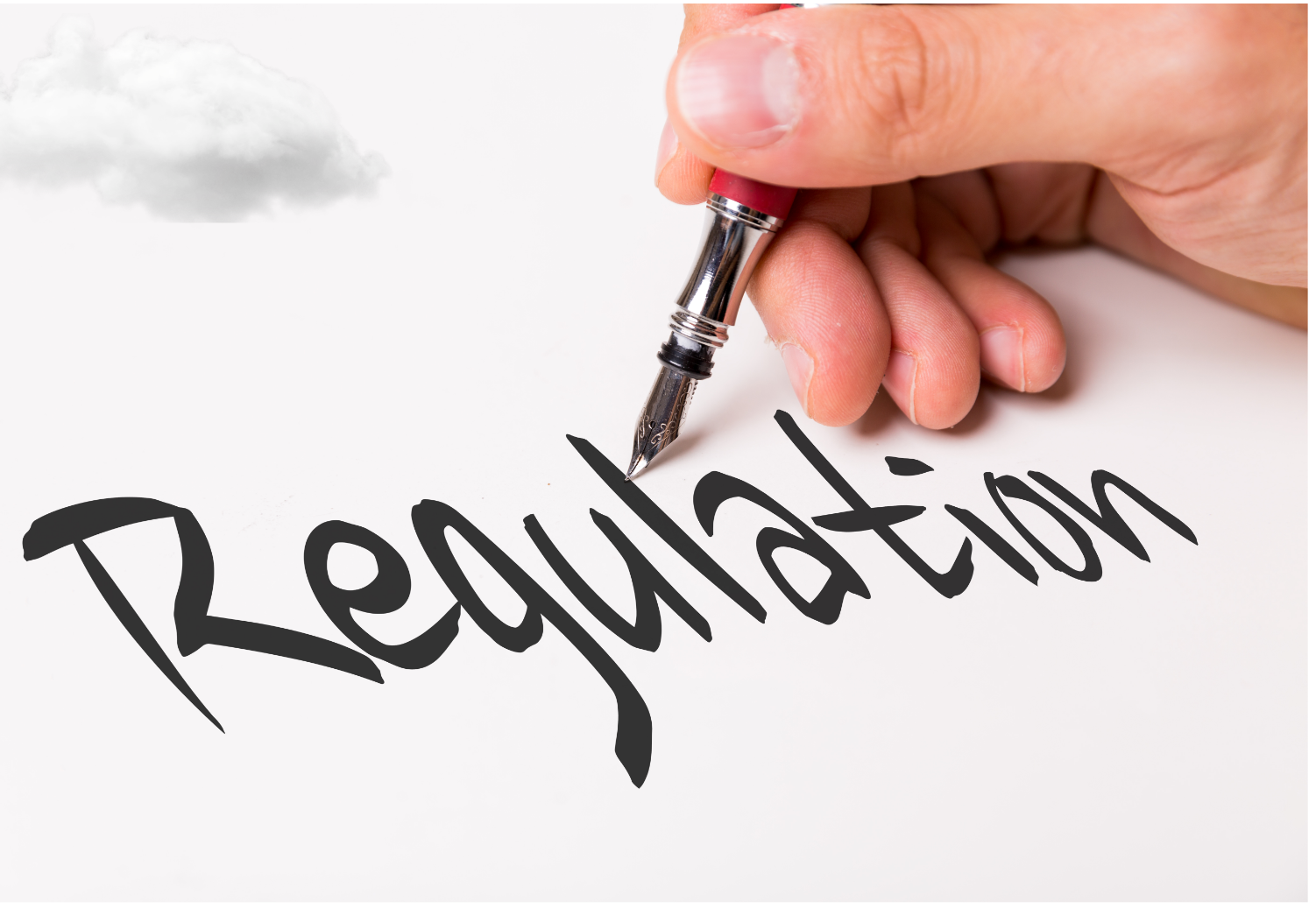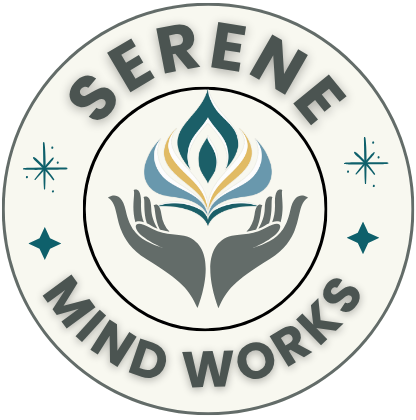
Mindfulness is about paying attention to the present moment. It’s like taking a deep breath and being aware of everything around you without judgment. When we talk about emotional regulation, mindfulness becomes a tool that helps us notice our feelings as they happen, so we don’t get swept away by them.
Handling big emotions isn’t always easy. Think of emotional regulation as your internal control system, keeping you cool when things start heating up. It’s essential because it helps in managing stress, improving relationships, and just feeling better overall.
How does mindfulness help regulate emotions? It works by increasing our awareness of our emotional state, allowing us to respond thoughtfully rather than react impulsively. Imagine being able to pause and consider why you’re feeling what you’re feeling before acting on it.
On a practical level, mindfulness could mean taking a moment in a heated discussion to check in with yourself, noticing your breath, or even just labeling what you feel, “I’m angry right now,” without diving straight into that anger. It’s about finding those small moments of calm to steer your emotional ship in a more desired direction.
Exploring the 4 R’s of Emotional Regulation
The 4 R’s – Recognize, Retain, Reassess, and Respond – offer a structured approach to keeping emotional balance. It’s like having a roadmap whenever things get a bit too emotional to handle.
Recognize: The key is to pinpoint those emotional triggers. Moments when your heart races or your fists clench. It’s about knowing what’s pushing your buttons. Mindfulness helps you identify these instances with more clarity.
Retain: This doesn’t mean holding onto emotions tightly, but rather giving them space to exist without immediate reaction. Picture yourself as a container where emotions sit for a moment before being acted upon.
Reassess: Invites us to take a step back and reflect. Here you evaluate what’s going on internally. Ask yourself why an emotion surfaced and what it’s trying to tell you about the situation at hand.
Respond: Focuses on acting with intention. It’s about expressing genuine emotions but doing so in a manner that’s constructive. This means communicating your feelings without letting them control the conversation.
Six Effective Strategies to Regulate Emotions Mindfully

Tackling emotions can feel like navigating a complex maze, but some strategies make this easier. Here are six techniques you can try to keep emotions in check and foster emotional balance.
Start with mindful breathing, a straightforward method to reel in runaway emotions. By focusing on your breath, you ground yourself and find calm amidst the chaos. Practicing this regularly nurtures a more balanced emotional state.
Cognitive reappraisal means shifting how you interpret situations. It’s like putting on a new pair of glasses to see things differently, helping regulate emotional responses by changing underlying thoughts.
Acceptance and commitment, another powerful tool, is about embracing emotions rather than fighting them. This acceptance doesn’t mean you enjoy negative feelings, but acknowledges their presence as part of the human experience.
Mindful distraction involves gently steering your focus elsewhere to avoid dwelling on negative emotions. It’s about keeping your mind occupied with healthier thoughts or activities so you don’t get stuck going over the same negative pathways.
Seeking social support is crucial. Surrounding yourself with understanding and compassionate folks allows you to share your emotional burden, providing a sense of relief and community.
Finally, problem-solving requires getting proactive about the root cause of emotional problems. Whether it’s laying out the issues or breaking them into manageable tasks, problem-solving gives control back to you, reducing emotional overwhelm.
Controlling Big Emotions: Practical Mindfulness Exercises
Handling big emotions in real life can be challenging, but incorporating mindfulness into daily routines can make a huge difference. Simple techniques can help steady the emotional waves that come crashing.
Trying quick mindfulness exercises, like a few minutes of deep breathing or mindful observation, can be a game-changer. These techniques can clear your mind and offer clarity when emotions start running high.
Building an emotional resilience toolkit is all about creating a resource you can reach for when needed. Think of it as a collection of exercises and methods tailored to your emotional needs.
Mindful journaling can be particularly powerful. Mindful Journaling For Emotional Growth It allows you to put emotions into words, making them easier to understand and process. When you write down feelings, you give them structure and start gaining insights about patterns or triggers.
Setting up a safe, mindful space at home or work helps too. This space should feel comfortable and calming, designed so you can practice mindfulness without distractions. It could be a corner with a comfy chair or a quiet spot in the park.
Incorporating mindfulness into everyday routines is like adding little checkpoints throughout the day to ensure you stay in tune with your emotions. It doesn’t require a huge time commitment; even a few minutes a day can help maintain a balanced emotional state.
